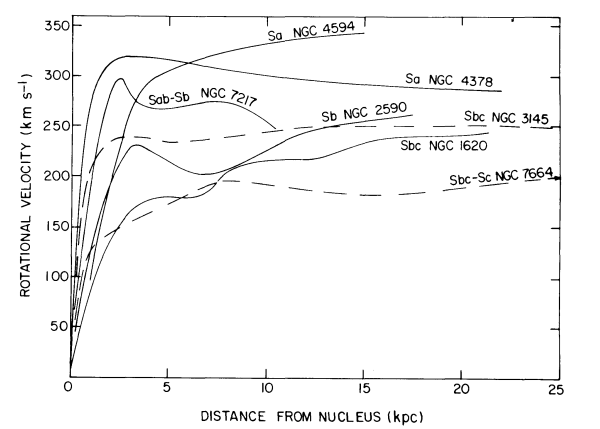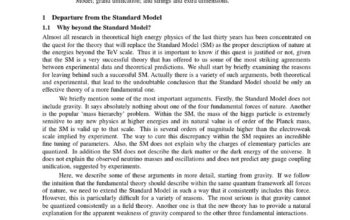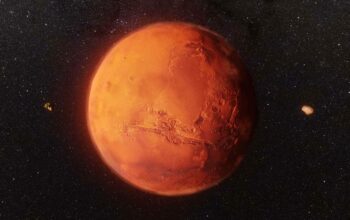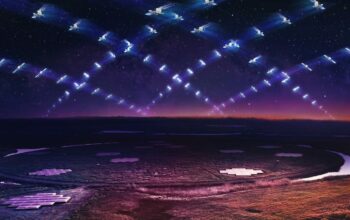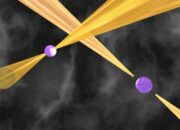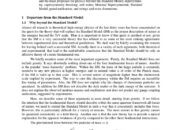In the realm of astrophysics, the discussion surrounding dark matter has long been a formidable topic, entwined with the enigmas of galaxy formation and dynamics. The gravitational lensing of galactic structures yields a dissonance between visible matter and the gravitational forces at play, giving rise to the dark matter hypothesis. However, a cadre of researchers is challenging this paradigm, positing alternative theories that could potentially reconcile the discrepancies observed in galaxy rotation curves without recourse to dark matter. This article embarks on an exploration of these alternative approaches, presenting a compendium of methods that merit consideration in the contemporary cosmological discourse.
The fabric of galactic dynamics is replete with evidence that suggests a prevailing influence of unseen mass. The iconic flat rotation curves, observed in spiral galaxies, deviate conspicuously from Newtonian predictions based on visible matter alone. Rather than adhering to a Keplerian decline, these curves exhibit a plateau at substantial radial distances, suggesting a substantial mass component that is not accounted for by luminous matter. Enter the dark matter hypothesis: an ingenious, albeit elusive, solution that postulates a halo of non-baryonic matter enveloping galaxies. Nevertheless, recent inquiries illuminate unsettling questions regarding the nature of this dark substrate, inciting scholars to explore alternatives that may elucidate the cosmic dance of stars and gas without invoking undetectable entities.
One salient alternative is Modified Newtonian Dynamics (MOND), a theory ingeniously proposed by Mordehai Milgrom in the early 1980s. MOND postulates a modification of Newton’s laws of motion and gravitation at low accelerations, a regime that is particularly relevant in the peripheries of galaxies. By adjusting the dynamical equations to account for weaker gravitational effects, MOND seeks to restore a Keplerian falloff in rotation curves. The allure of MOND rests in its elucidation of galactic phenomena without necessitating additional forms of matter. Experimental validations at various scales, notably the Pasha and the Tully-Fisher relation, have yielded a modicum of success. Nevertheless, MOND is not without its limitations; its inability to account for cosmic microwave background radiation or structure formation in the cosmos continues to prompt vigorous debate.
Another competing framework is the emergent gravity theory, championed by Erik Verlinde. This paradigm posits that gravity is not a fundamental force but rather an emergent phenomenon arising from the entropic principles of spacetime. In this view, galaxies are influenced by the degrees of freedom associated with their embedded information, leading to an effective gravitational pull that resembles that created by mass. Verlinde’s approach passionates adherents who seek a unified interpretation of gravity within the broader context of thermodynamic phenomena. It also sidesteps the inclusion of dark matter, as apparent gravitational anomalies are viewed through a different lens, resonating with holographic principles from quantum theories.
Additionally, modifications to the fabric of spacetime itself have emerged as another arena of inquiry. Such modifications suggest that our understanding of general relativity might be incomplete at large scales or high velocities, potentially leading to deviations that could account for observed galactic behaviors. Theories such as quantum gravity and extra dimensions postulate that unknown aspects of spacetime structure may govern gravitational interactions more intricately than previously conceived. These propositions necessitate rigorous mathematical specifications and empirical validation, yet they invigorate the discourse surrounding galaxy dynamics with fresh perspectives.
It is paramount to emphasize that these alternative frameworks are not mere opposition to dark matter but rather complementary hypotheses that challenge the current orthodoxy. Empirical evidence garnered from observational data remains a linchpin for this discourse, necessitating a comprehensive confrontation with the precision of galaxy rotation measurements. Capturing the intricacies of observational data includes analyzing baryon acoustic oscillations, gravitational lensing events, and the vast datasets provided by modern multi-wavelength astronomical surveys. The fusion of observational synergy with theoretical innovation presents immense potential for elucidating the complexities surrounding galactic behavior.
Moreover, it calls forth a reevaluation of the methodologies employed in data acquisition and analysis. Advancements in technology permit the scrutinization of galaxy rotation dynamics with unprecedented accuracy. For instance, the deployment of next-generation radio telescopes and imaging facilities facilitates detailed mapping of galactic structures, thereby enhancing the reliability of models used to interpret gravitational interactions. This evolving landscape presents a fertile ground for collaboration between theorists and observational astronomers, ideally paving the way for comprehensive models that account for both baryonic and non-baryonic influences on galactic dynamics.
Furthermore, it is critical to acknowledge the role of interdisciplinary research in elucidating the nature of dark matter and its alternatives. The insights garnered from particle physics, cosmology, and quantum mechanics create a rich tapestry of inquiry that transcends traditional disciplinary boundaries. Engaging with emergent concepts such as supersymmetry or higher-dimensional theories may yield additional perspectives that challenge existing paradigms. Maintaining an openness to novel interpretations coupled with rigorous empirical scrutiny may ultimately foster a more nuanced understanding of the cosmic domain.
In conclusion, while the notion of dark matter remains a prominent theory in explaining the peculiarities of galaxy rotation curves, alternative hypotheses warrant earnest consideration and rigorous examination. Through the pursuit of modified theories of gravity, emergent models of spacetime, and the refinement of observational methodologies, the astrophysical community stands at the precipice of a profound paradigm shift. The investigation of these alternatives not only challenges the monolithic perspectives of dark matter but also evokes the spirit of scientific inquiry, thereby rekindling the quest to illuminate the profound mysteries that envelop our universe.
